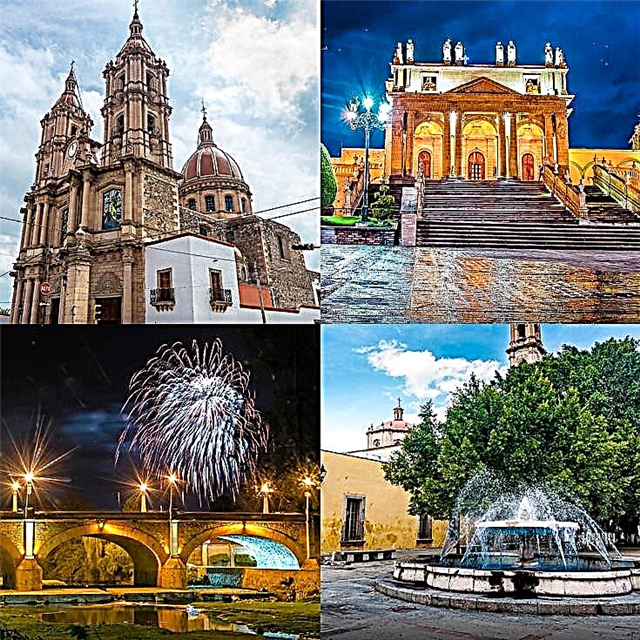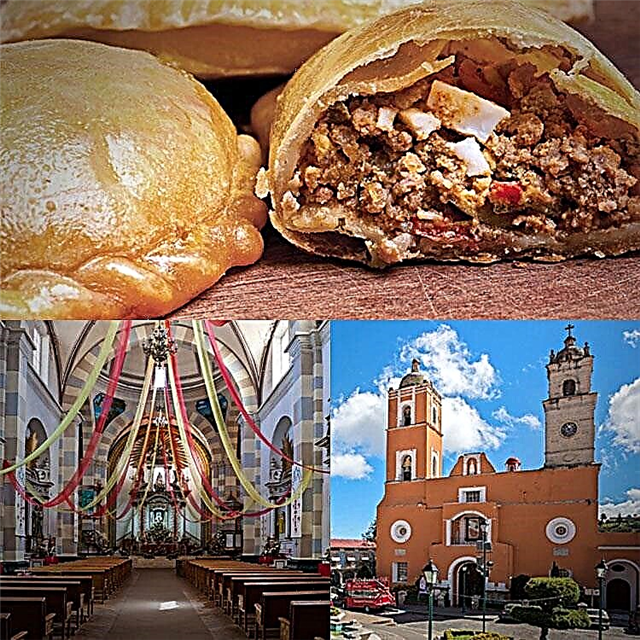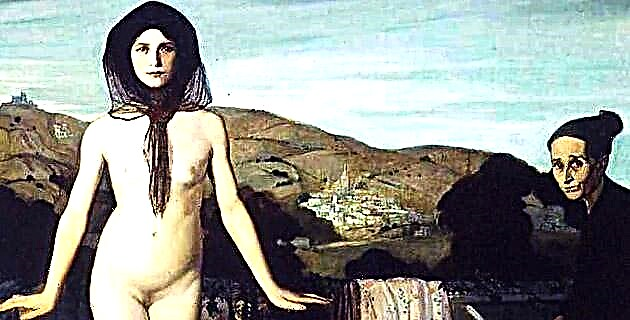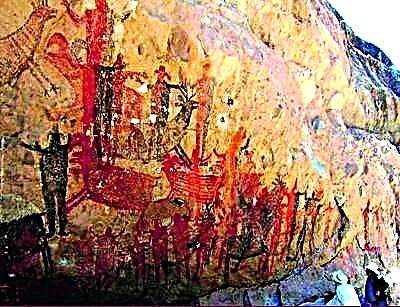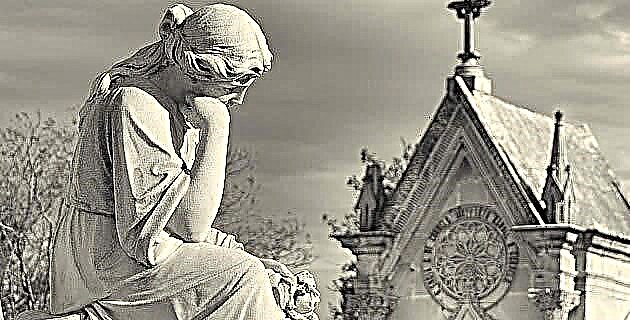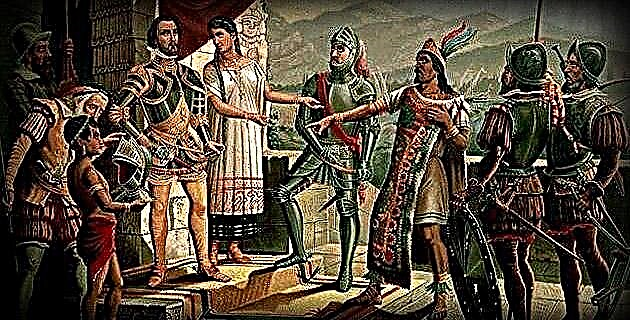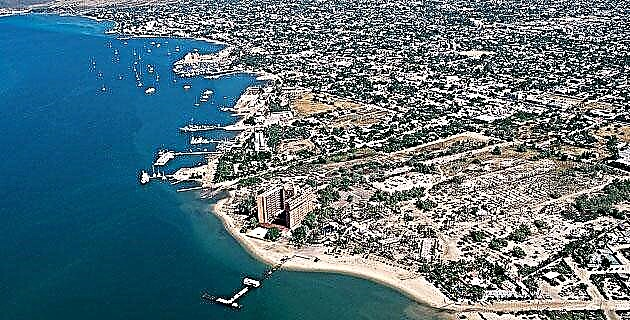
Warm and pleasant, La Paz is more than the South Californian capital, it is a cluster of beautiful surroundings that we invite you to walk through streets that will easily take you from the heart of the city to its beaches with calm breezes.
La Paz is a beautiful set of beaches, lively squares and city streets. History records several foundations of this beautiful multi-colored territory, the first by Hernán Cortés, on May 3, 1535, who baptized this land with the name of Bay of the Holy Cross, but the one that followed, led by the navigator Sebastian Vizcaino He assigned it its current name in 1596.
MALECÓN ÁLVARO OBREGÓN
In this cosmopolitan and emblematic strip of the city the best restaurants, hotels, nightclubs, bars and shops specialized, lends itself to enjoy it either in a relaxed walk along its wide and beautifully illuminated sidewalks, or in a romantic walk when the afternoon over the sea turns reddish tones, or simply to enjoy the live music offered on weekends . The boardwalk has an approximate length of 5 kilometers, from this it is contemplated El Mogote a wonderful stretch of land, as well as the pier for ecotourism cruises and a series of bronze sculptures, among which the one of "The Christ of the sea."
DON'T FORGET TO KNOW THE CENTER
If you dare to continue touring this ancient city, take one of the streets that lead to the boardwalk: Degollado, Reforma, Constitución or 5 de Mayo, as any of them easily runs into the traditional space of reference and meeting of the people of La Paz, the Velasco Garden, where its benches, kiosk and its unmistakable fountain Sloop mushroom, they are guarded by the architectural beauty of ancient buildings that surround them. Further on, a few steps away you will find the symbol of the capital's religious faith, the Cathedral of Our Lady of Peace; this architectural gem occupies the space where Jesuits Juan de Ugarte and Jaime Bravo will rise in 1720, the Mission of Our Lady of Peace Arirapí.
THE REGIONAL MUSEUM OF ANTHROPOLOGY AND HISTORY AND THE SERPENTARY
Continuing with the tour you will arrive at the Regional Museum of Anthropology and History, an obligatory stop, since it is a modern cultural center that in three permanent rooms exhibits a rich sample of the peninsular culture: archaeological, ethnographic, mineralogical and historical pieces. Another option is to walk the Serpentarium, educational center that preserves the collection larger of reptiles of Mexico.
THE CITY NIGHTS
If during the day La Paz dazzles with its unlimited fun under the sun, sea and sand, at night it is transformed daily, as it displays an impressive range of places where the music, the dance and the shows, They are the main components of the party. So there is plenty to choose from, depending on age and preference, the evening promises memorable moments in some of its many singing bars or cafes; full coexistence in the different rocks and pubs, and overflowing to exhaustion in spectacular and avant-garde nightclubs. The fun is also enough for those who like an elegant dinner accompanied by their favorite drink, or the bohemian atmosphere with romantic music to dance or listen to. So during the afternoon it is well worth taking a good breath to resume the tour at night.
FIRST FOUNDATION
Each May 3 since 1535 one more anniversary is commemorated since Hernán Cortés established a Hispanic colony in the current bay of La Paz. It was in 1533 When he sent a navigation to explore the northwestern coasts of Mexico, the most important result of this entry was the discovery of the Bay of La Paz. As this expedition was a failure and culminated in the death of most of the sailors at the hands of the guaycura indians, Cortés organized a new entry, in which he himself participated. Thus, on May 3, 473 years, landed in the same bay accompanied by 300 people to colonize it, and baptized it with the name of "Santa Cruz".
Despite the excellent newly discovered place, almost from the beginning, things started to go wrong. The guaycura of the region declared war on him, rapidly decimating the Spanish. Cortés also faced other problems such as a climate that did not allow any type of agriculture, and the few possibilities of trading with human groups that were nomads without products to exchange. On the other hand, the men of Cortes arrived at the place behind gold and pearlsIn fact, they were pursuing the myth of the Amazons, and hoping to get rich quickly, which did not happen either. Total that the colony was reduced and his men were demoralized, wanting to return to the New Spain: in a few months, the guaycuras had finished with more than 100 men and most of the horses, and to top it all, they found neither gold nor wealth. One of them stated that "the land of Santa Cruz was the most wicked there was in the world."
Despite this, Cortés resisted the failure as long as he could, and stayed on the peninsula for a year. Finally, his wife begged him to return, before this, Viceroy Antonio de Mendoza joined and allowed him a return to New Spain more or less honorable in April 1536, a few months later the rest of his men would also leave her. . And it would be over 60 years before Sebastian Vizcaino make another attempt to found a colony in the bay of La Paz.
CORTÉS IN SANTA CRUZ
During his stay, Cortés started a small town with a mayor's office, a chapel, fortifications and other things, making it the most remote antecedent of the current city of La Paz. From here, Cortés sent four expeditions to explore the interior of the earth. From the south they reached Cabo San Lucas; and to the north they reached Magdalena Bay. Cortés himself was in Cabo San Lucas, it was when his soldiers baptized the point as Cape California, because it seemed to them that it corresponded with the description of the California island that appeared in the novel - very famous at that time - "Sergas de Esplandián". It was there that for the first time the term was applied to a point on the peninsula and soon after it would be used throughout it, until today.

